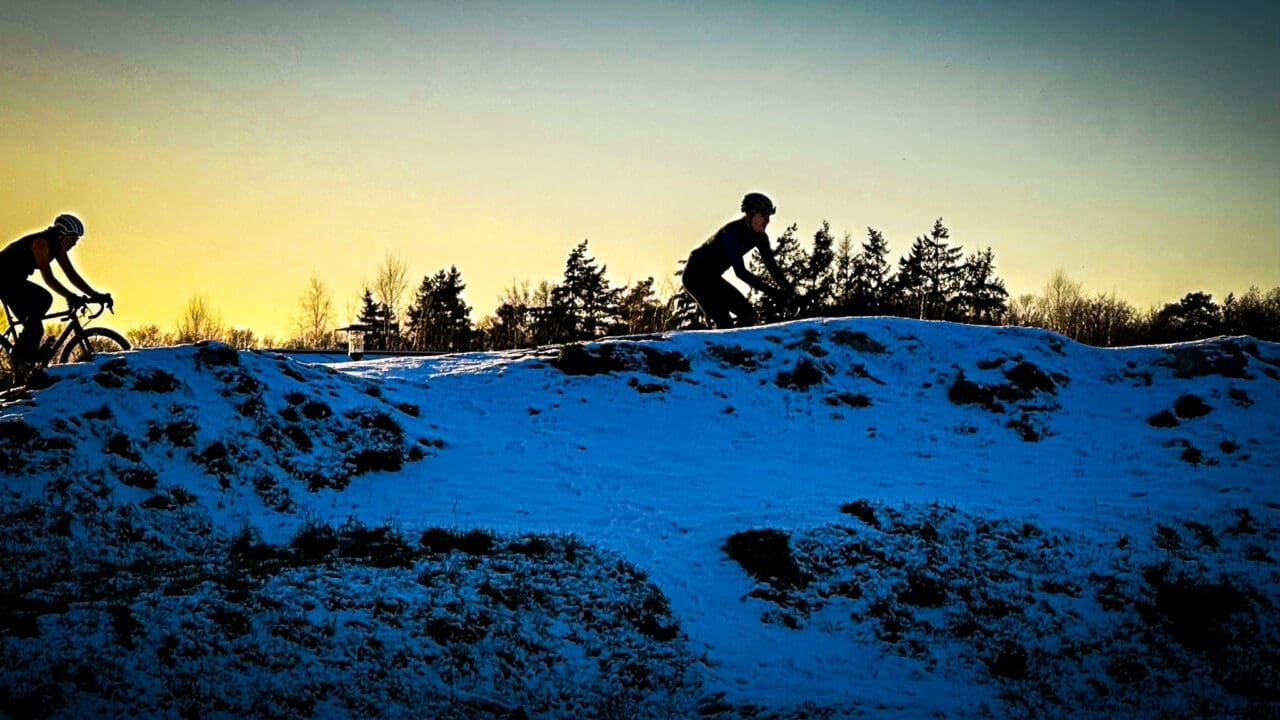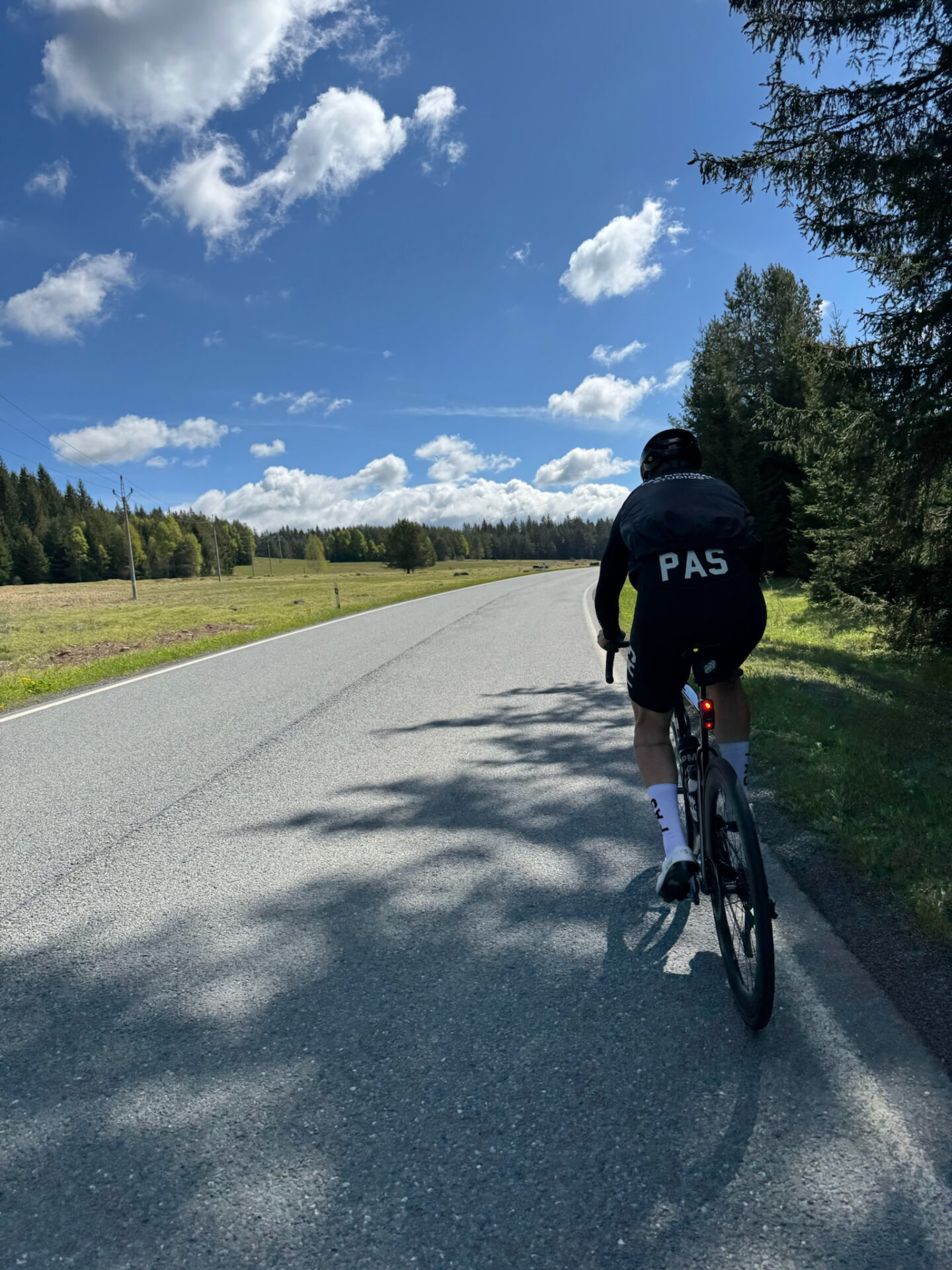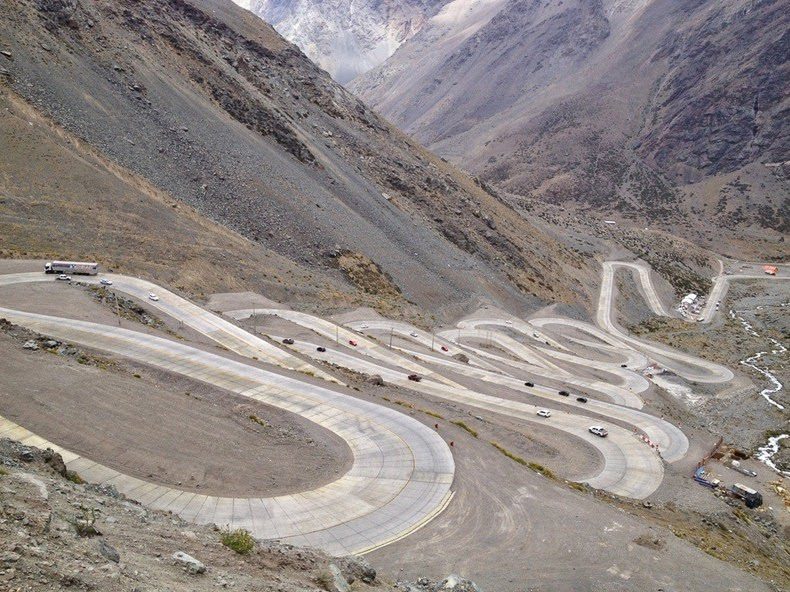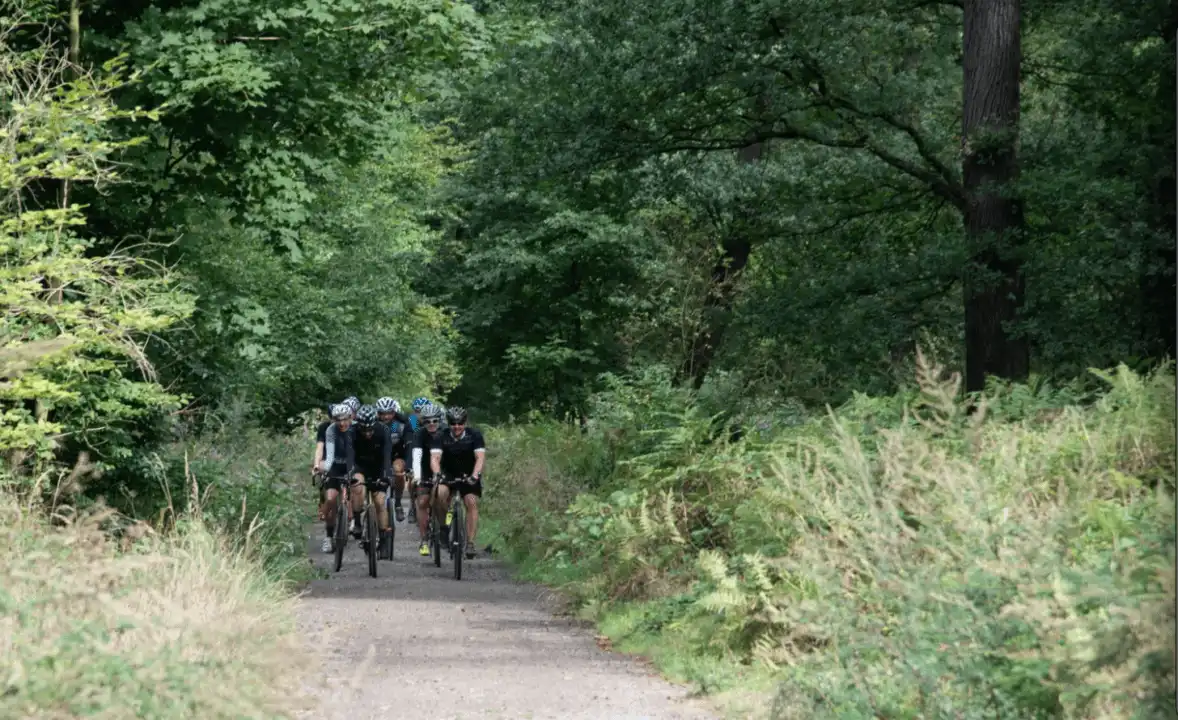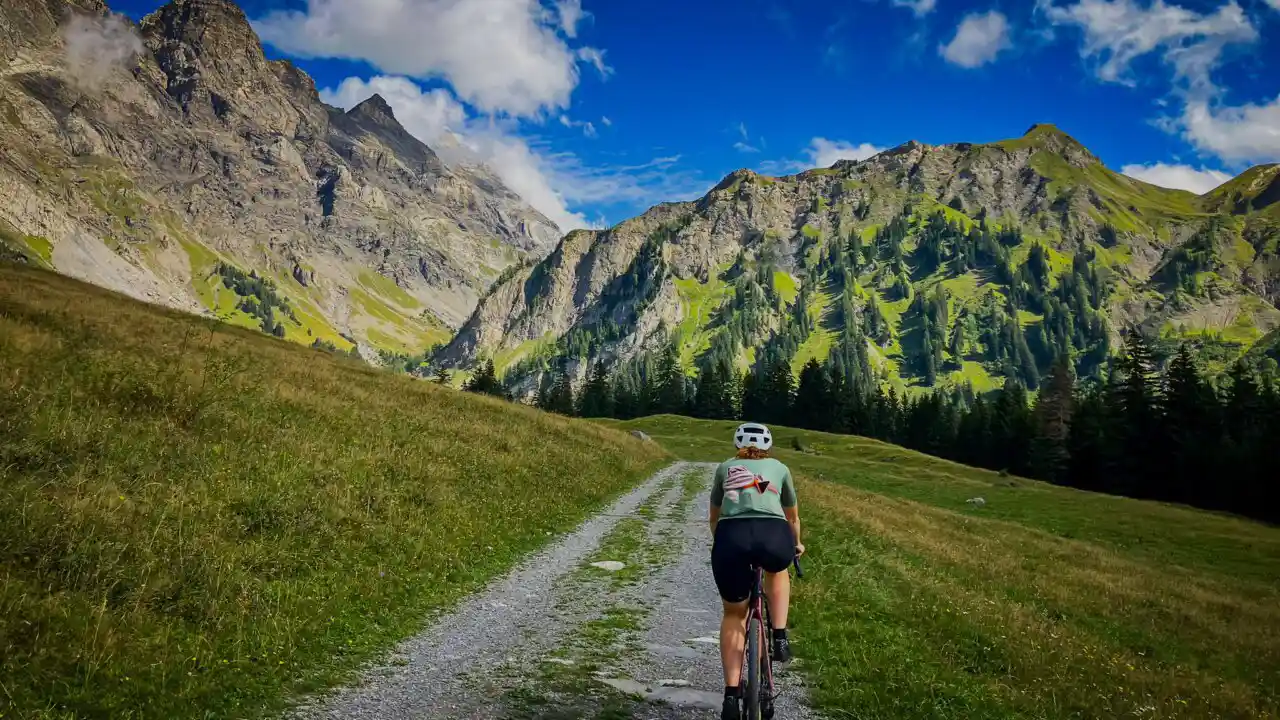Fair is fair. There is no ideal packing list for a cycling holiday. Some travel super lightweight. The other likes to take everything with him. But also the area, the type of trip or tour and the season determine what you take and thus the packing list. With our experience, we have compiled a basic packing list for cycling holidays created. It is suitable for campers, bikepackers but also if you are staying in a flat, B&B or hotel.

Basic packing list for your cycling holiday
Gear
At the top of the packing list, of course, is your equipment. You take the bike, of course. But what else is on the packing list in terms of equipment. Below are the most important items for in the proverbial bag:
- Bike (not unimportant)
- Wheels suitable for your adventure (low rims if you go to the mountains)
- Mountain gear for a climbing holiday - you don't want to use an 11-28 at the bottom of the Stelvio stand. So for example, do you choose these 105 cassette - 12 speed from Shimano or this 12-speed Rival cassette from SRAM. So you have enough teeth to have fun in the mountains.
- Pedals (if you have a rental bike)
- Own saddle (if you have a rental bike)
- Outer tyre
- Inner tubes (at least two (2), preferably three (3))
- Bicycle pump large
- Bicycle pump small
- CO2 cartridges
- Cycling computer + holder (if you have a rental bike)
- Chargers for electrical switching
- Chargers for other bicycle electronics
- Brake pads (especially in the mountains)
- Additional handlebar tape

Maintenance stuff
Maintenance items should also not be missing from your packing list. Nothing is more annoying than finding out that you need to replace something quickly and you don't have the right stuff to hand. At a good hotel, you can rely on the presence of a basic wrench set but even then, it's nice to have your own stuff to hand. Here's your basic kit:
- Pedal key - this one belongs on every packing list
- Allen set
- Tyre levers
- Cleaning brush
- Cleaner
- Chain whip
- Cassette collector
- Chain degreaser (optional)
- Chain lubricant
- Polishing cloth
- Multitool (handy on the go)
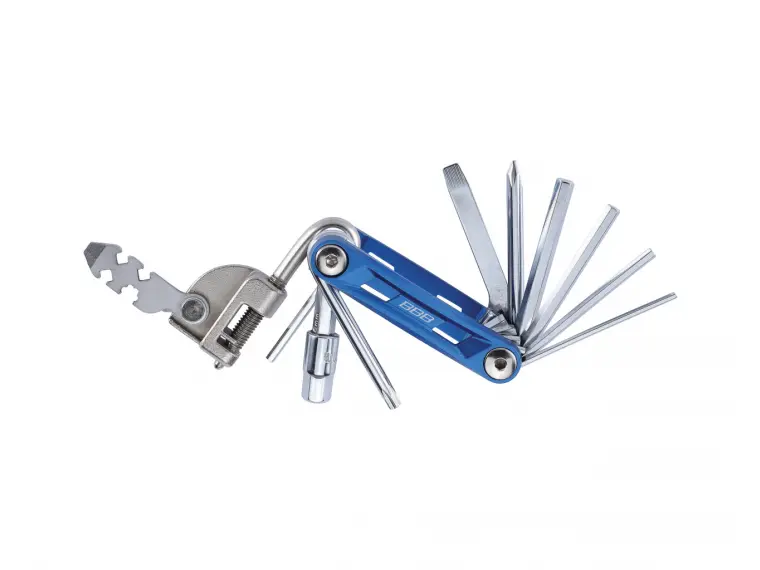
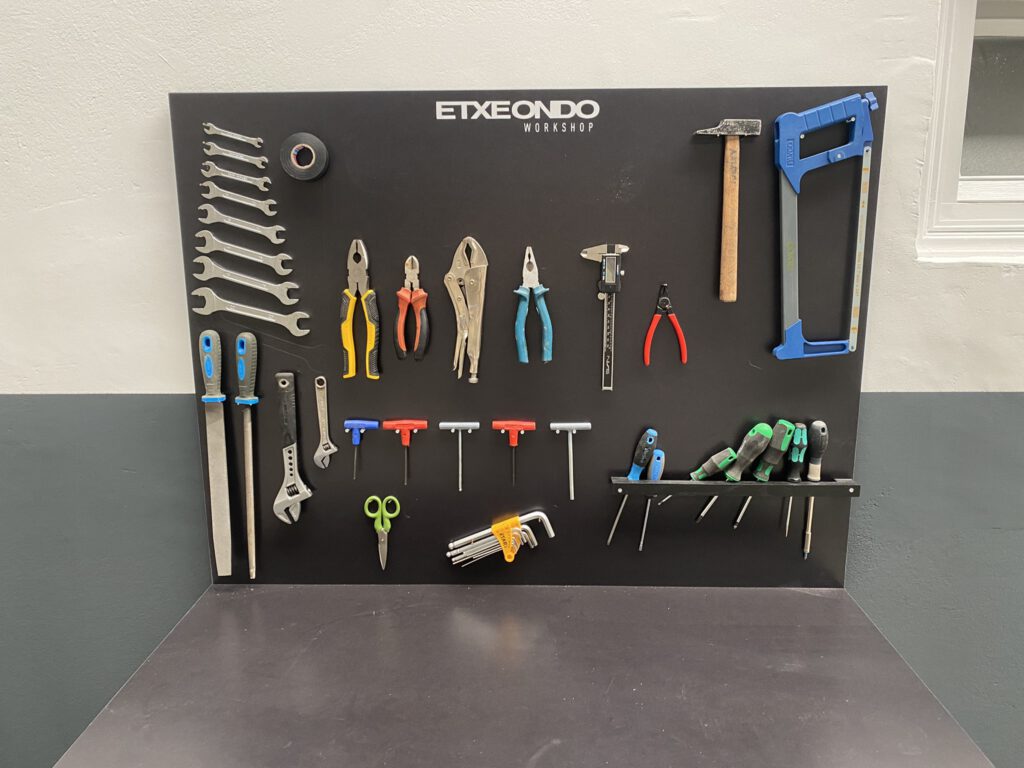
Clothing
Clothing is always a challenge. Because you always feel like you have too little with you. A lot depends on the location where you go cycling, but as a rule, you always have to take bad weather into account. Cycling in Tuscany in summer is slightly different from cycling in autumn in the Ardennes. The number of clothes depends on the presence of a washer/dryer. Especially once your clothes are wet and you still need to reuse them (think a water-repellent/waterproof jacket), a dryer is very nice. Surely the rule of thumb is to take at least 3 sets with you on a longer trip. Should you use one set, you can usually get it clean and dry in a day or two.
- Trousers, if there is a washing machine, you can get by with two (2) trousers. Otherwise, at least 3. We like to drive the Orhi bibshort by Etxeondo
- Sufficient top shirts, at least 3 (if no washing machine: as many as the number of cycling days). A nice shirt with short or long sleeves is the Alde shirt by Etxeondo.
- Thermo shirts, at least 3. Same as above
- Sleeve pieces
- Leg pads
- Shoes
- Extra pair of shoes if you have no shoe dryer have.
- Socks, at least 3 pairs.
- Waterproof overshoes
- Long trousers
- This depends on the season. In summer, leg warmers are almost always sufficient
- Waterproof jacket
- Winter jacket, such as this '76' model
- Turtle/vest
- Helmet
- Sunglasses with interchangeable lenses
- Buff/neck warmer
- Cap
- Gloves
- Winter gloves (depending on the season)

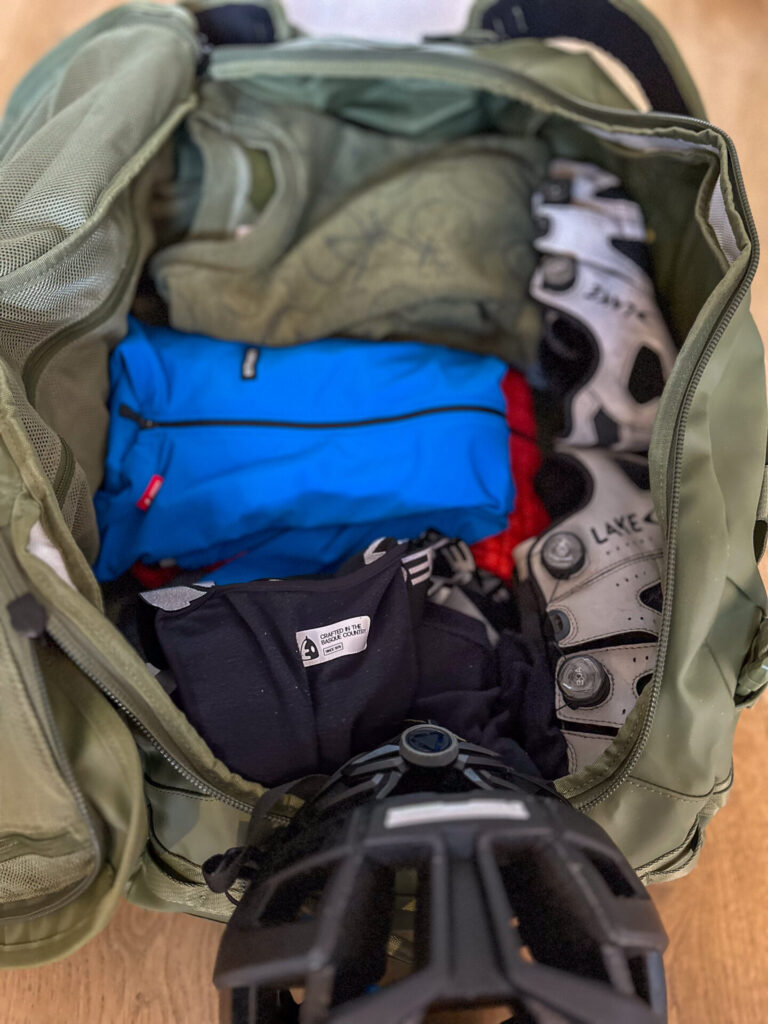
Nutrition
Nutrition is extremely important. After all, it is the fuel for your engine (your body). You can probably assume that your hotel provides a good breakfast. But especially for cycling, it can be wise to take some things yourself. Sports nutrition is then an option, but of course everyone makes their own choice. Below is a list of sports nutrition options. The reference is between 60 and 90 grams of carbohydrates per hour. You can check this on the label:
- Energy bars. In this, you have different types and sizes:
- Natural bars, without coating
- Coated bars
- Fastbars (small, high amount of sugars)
- gluten-free
- vegan
- Energy gels. Handy as your bike ride gets longer and also in cold weather. Gels don't freeze so easily.
- Sports drink. There is a difference between isotonic and hypotonic. Check the difference here
- You can also buy the gels and drinks from Maurten take. Also called the rocketfuel among drinks.
So consider in advance how much time you are going to cycle for approximately. If you are going to cycle for a total of 20 hours, you will need 1200 to 1800 grams of carbohydrates. You can also get those from a good pasta meal, but remember that you burn a lot while cycling.
Another thing that is always on our packing list is Omega 3. We use the oil from Eqology.
Sports nutrition alternatives
Not into sports nutrition? Then these are good alternatives
- Bananas (approx 25g carbs)
- Nak'd bars (18 grams of carbohydrates)
- Granola bars (around 15 grams of carbohydrates per bar, depending on type)
- Snelle Jelle/Biscuit bars (45g per bar, depending on type)
- Bread (don't leave it in the back pocket for too long)
- Rice cakes (homemade)
- Nuts -> a mixed (unsalted) nut mix is perfect. Have a look at www.peanutpower.nl for a nice range of nut mixes.
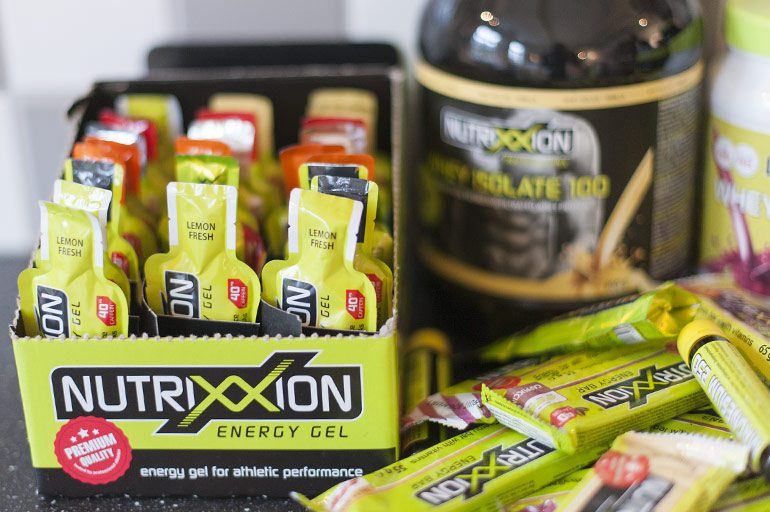
Other
- Bottles
- Camera
- Phone
- Passports
- Cash -> especially convenient in Germany, Austria and Italy
- Credit card
- GPS routes -> create them in advance komoot
- Sunscreen (factor 50)
- Chamois cream
- Travel headphones. Choose than this one from Sony, we are very much fans of that ourselves!
Are you travelling with children? Then bring headphones for the kids too. This one, for example, from JBL
In conclusion
Always check in advance where you are going, what the weather is like and whether you will be above 1,500 metres. Then the weather, even in summer, can be really cold and wet. If you mainly stay 'low', then in summer in terms of clothing, a vest and arm pieces are fine. In terms of nutrition, too, it's trial and error. Check out the app from EatMyRide, which can get you started on the right nutrition.
